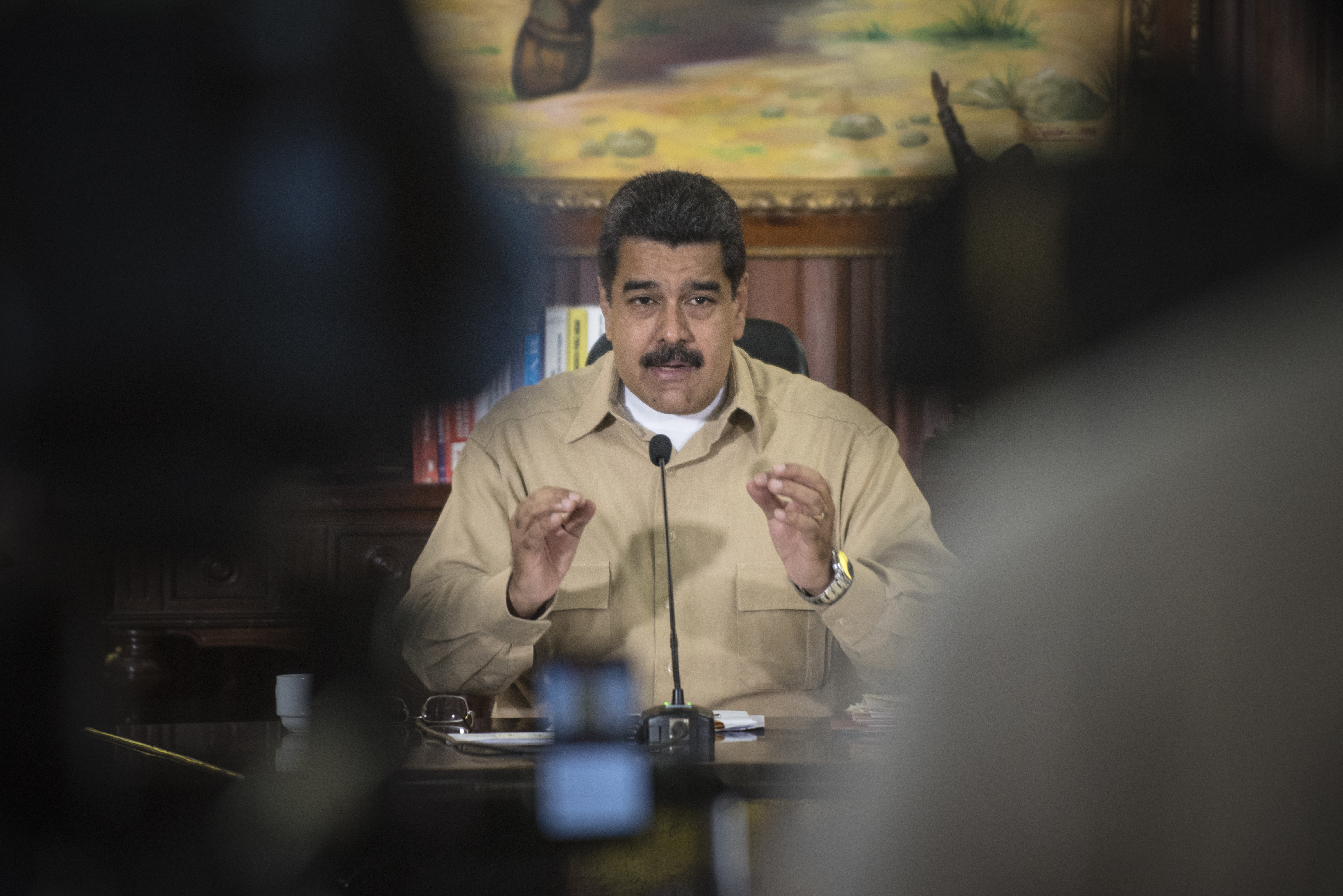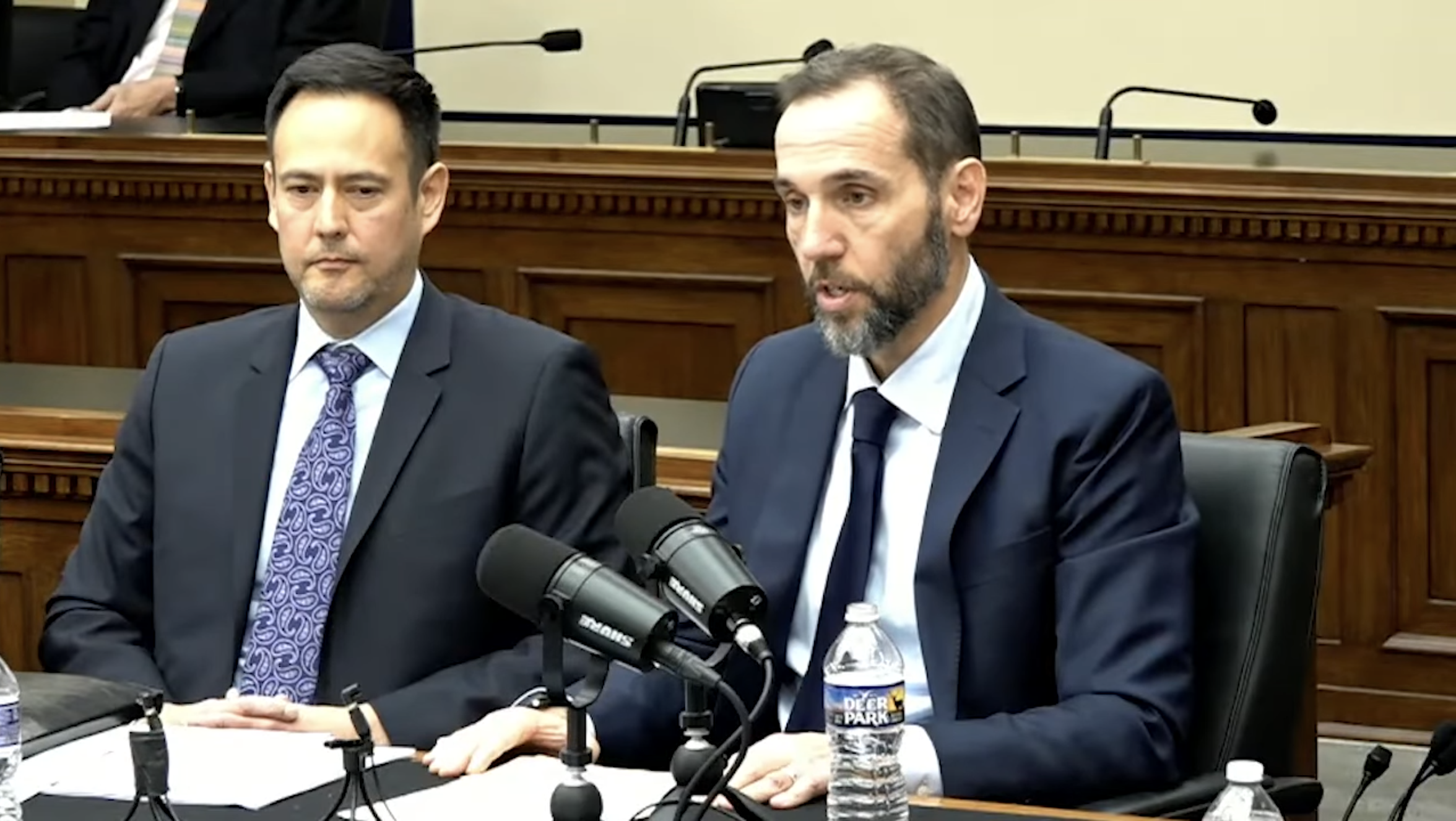The President's GTMO Relocation Plan: Examining the President's Four (Or Is It Five?) Arguments
Attention to the "close GTMO" issue is spiking today, with President Obama taking to the podium to reiterate his position and the Defense Department releasing a new document describing the current roadmap to closure.
Published by The Lawfare Institute
in Cooperation With

Attention to the "close GTMO" issue is spiking today, with President Obama taking to the podium to reiterate his position and the Defense Department releasing a new document describing the current roadmap to closure.
It seems to me there is not much news here. The plan is much as it has always been (the link goes to the President's May 2009 National Archives speech). That is to say, the plan is to (i) get as many of the remaining detainees as possible into the hands of other states, (ii) see if we cannot get some more of the remainder into court for criminal prosecution, and then (iii) keep the rump group of unreleasable-and-untriable detainees in precisely the situation they are in right now (i.e., military detention without criminal charge but subject to habeas review) but do it inside the United States instead of down at GTMO.
On this model, "closing GTMO" really just means "relocating GTMO." It's confusing and unhelpful to call it something else.
But whatever we call it, is it a good idea? The President’s rationale for GTMO closure is familiar at this stage, and restated well in his prepared remarks. There are four legs to the stool, and they are worth examining separately:
Argument 1: Undermine GTMO's utility for extremist propaganda
It’s counterproductive to our fight against terrorists, because they use it as propaganda in their efforts to recruit.
No doubt Guantanamo is used as propaganda. But the important questions are (i) whether this has any real impact beyond other arguments and narratives also employed to advance and support radicalization; (ii) whether shuttering GTMO at this point would have any meaningful impact on that propaganda effect; and (iii) whether there would not quickly be an identical critical narrative based on the new “GTMO North” in light of the fact that this is not a proposal to free all the remaining detainees but, rather, just to change the physical location where the unreleasable detainees will still be held. In light of these questions, I find it hard to put much weight on this particular argument.
Argument 2: Too damn expensive
It drains military resources, with nearly $450 million spent last year alone to keep it running, and more than $200 million in additional costs needed to keep it open going forward for less than 100 detainees.
This sounds pretty straightforward, and as such it is rather persuasive. Digging into the Pentagon's report, though, the numbers strike me as a bit more muddled. The report (pages 7-8) anticipates a "one-time" transition cost of between $290-$475 million, with an annual savings on operating costs somewhere between $65-$85 million. Sounds to me like this will indeed save substantial sums over time, though perhaps not in the first few years.
Argument 3: Reduce the diplomatic friction
Guantanamo harms our partnerships with allies and other countries whose cooperation we need against terrorism. When I talk to other world leaders, they bring up the fact that Guantanamo is not resolved.
No doubt they do, and diplomatic friction is not nothing. The question is: Will that friction subside when we switch locations to what inevitably will be called “GTMO North,” and when it becomes crystal clear that this is what GTMO closure actually means? I am doubtful, though there surely will be a temporary round of plaudits when the last detainee leaves the island.
Argument 4: It's just too tainted from the past...or maybe our own current policy is illegal?
[K]eeping this facility open is contrary to our values. It undermines our standing in the world. It is viewed as a stain on our broader record of upholding the highest standards of rule of law. As Americans, we pride ourselves on being a beacon to other nations, a model of the rule of law. But 15 years after 9/11 -- 15 years after the worst terrorist attack in American history -- we’re still having to defend the existence of a facility and a process where not a single verdict has been reached in those attacks -- not a single one.
Here, I think, is where the real action is. And also some real complications and confusion. I say that because there are at least two ways to take this argument. Perhaps both are intended. It's hard to say.
First, this can be read as an argument that GTMO has a unique and seemingly-permanent negative connotation for many people thanks to past practices there, resulting in costly diplomatic and political frictions even if current detention practices at GTMO do not warrant such criticisms. That’s a relatively modest argument, but probably quite true as a descriptive matter. Indeed, combined with the cost argument noted above, it seems to me a pretty good basis for doing just as the President requests.
But this language also supports a second reading, one that is much less modest and also much less obviously true as a descriptive matter. A reasonable person reading that language certainly could conclude that the President believes that the current practice of detention at GTMO (though it his own policy, and though it is now authorized explicitly by statute (i.e., the NDAA), and though it is subject to judicial review) is still illegal and dishonorable. Such an argument would be pretty darn remarkable considering that (i) the Obama administration has vigorously and successfully defended the current practice of detention at GTMO in court and in speeches for many, many years now, and (ii) the plan the president has put forward very much intends to perpetuate, not end, the use of this legal and policy framework (albeit at some other place).
So what is going on with this final argument? It’s not sloppy drafting; I have no doubt people worked really hard on selecting just these words, and it seems to me that the ambiguity is probably designed in order to gesture simultaneously to both possible readings without clearly focusing on the latter (more problematic) one. Put another way: it’s hard to escape the conclusion that the President wishes to continue to have the practical benefit of military detention while simultaneously cultivating the perception that he is, indeed, on the side of those who would eliminate the practice entirely. Which is too bad, for I think that posture makes it considerably harder for the president to clinch the deal he is seeking.




_c.jpg?sfvrsn=9bbcc085_3)
